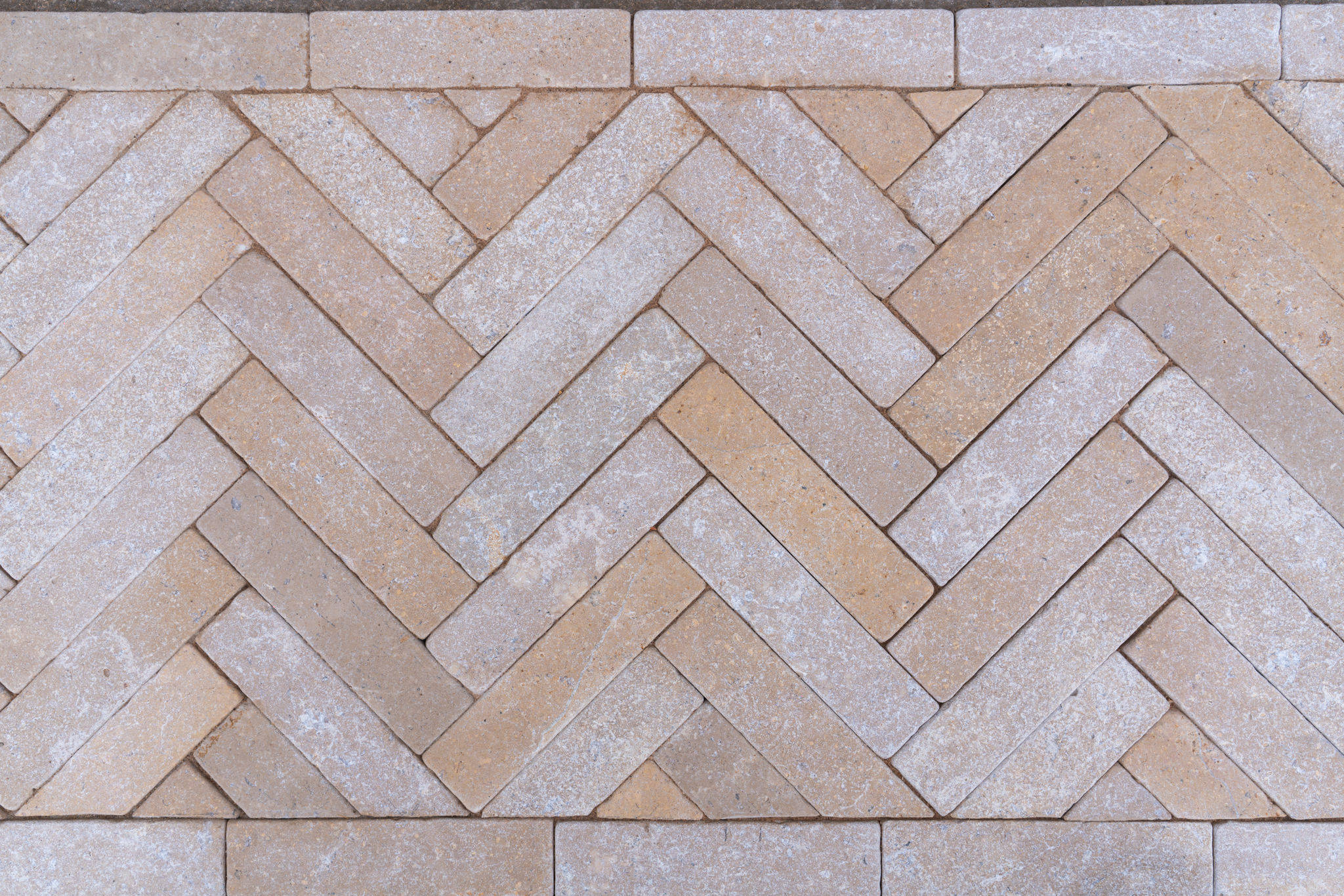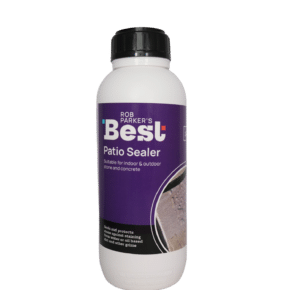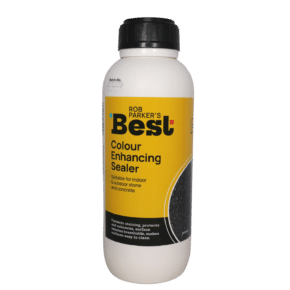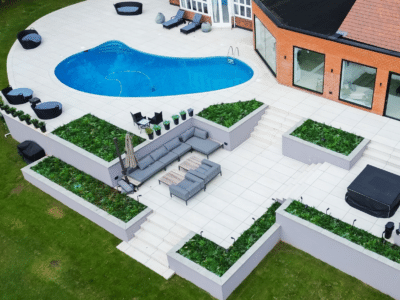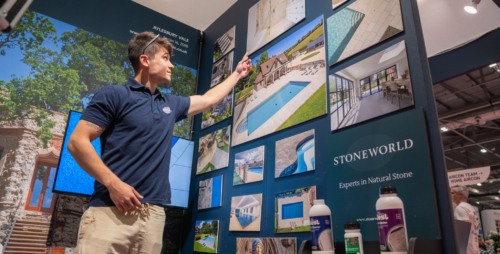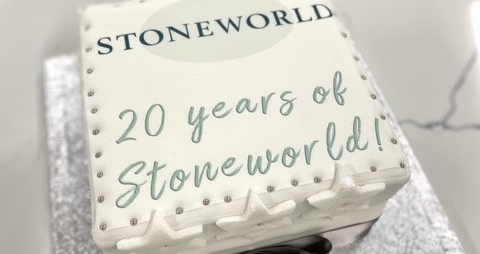When planning a patio, pathway, or garden feature, natural stone is usually one of the first choices. Among the most common options are travertine and limestone, both valued for their attractive finish and long-term performance. While they share certain qualities, each stone has distinct traits that may make it better suited for specific projects.
In this guide, we’ll compare travertine vs limestone paving in terms of looks, strength, upkeep, slip resistance, and practicality. We’ll also highlight some of the leading alternatives to travertine, helping you decide which option offers the best mix of durability and style for your outdoor space.

Choosing the right paving is an important decision for any outdoor project. Travertine and limestone are both popular natural stones, but they each have distinct qualities that affect how they look, perform, and last over time. Understanding these differences will help you make the best choice for your garden, patio, or landscaping design.
Appearance
Travertine is a type of limestone that forms around mineral springs, giving it its distinctive pitted and textured surface. These natural cavities are often filled during finishing, but even after treatment, travertine tends to retain a softer, rustic character. Its shades typically range from pale creams and beiges to warmer honey and rich walnut tones.
Limestone, on the other hand, is denser with a tighter, smoother grain. It delivers a more consistent look and is available in a wider palette of colours, from greys and blues to creams and darker tones. With its refined finish, limestone paving suits both contemporary landscapes and traditional garden designs.
While both stones provide a natural elegance, their visual impact can be very different in practice. Travertine creates a warmer, Mediterranean-inspired feel, often suited to lighter outdoor spaces or feature areas.
Limestone, with its sharper tones and more uniform texture, adapts easily to modern garden designs as well as classic settings, making it the more flexible option for UK projects where a balance of style and practicality is needed.
Durability
Travertine is attractive but softer and more porous than most limestones. In the UK climate, its open structure means water can enter and, if not sealed, may cause damage over time through freeze–thaw cycles. It performs best in sheltered areas and when sealed and maintained properly.
Limestone, being denser and less porous, is generally more reliable for long-term outdoor use. High-quality limestone paving is extremely durable, making it suitable for patios, terraces, and even driveways.
Using a good sealer, such as Rob Parker’s Best Patio Sealer, helps protect both stones against water and staining, while regular cleaning with Rob Parker’s Best Patio Cleaner keeps surfaces looking fresh.
Slip Resistance
Travertine’s pores and open texture naturally give it a level of grip, making the surface reasonably slip-resistant. However, once the stone is honed or polished, it becomes smoother and can feel slippery when wet.
Limestone paving, by comparison, is often finished with a brushed, textured, or riven surface that offers reliable slip resistance. Options with a tumbled or riven finish are particularly well-suited to pool surrounds and garden paths, where extra traction is important.
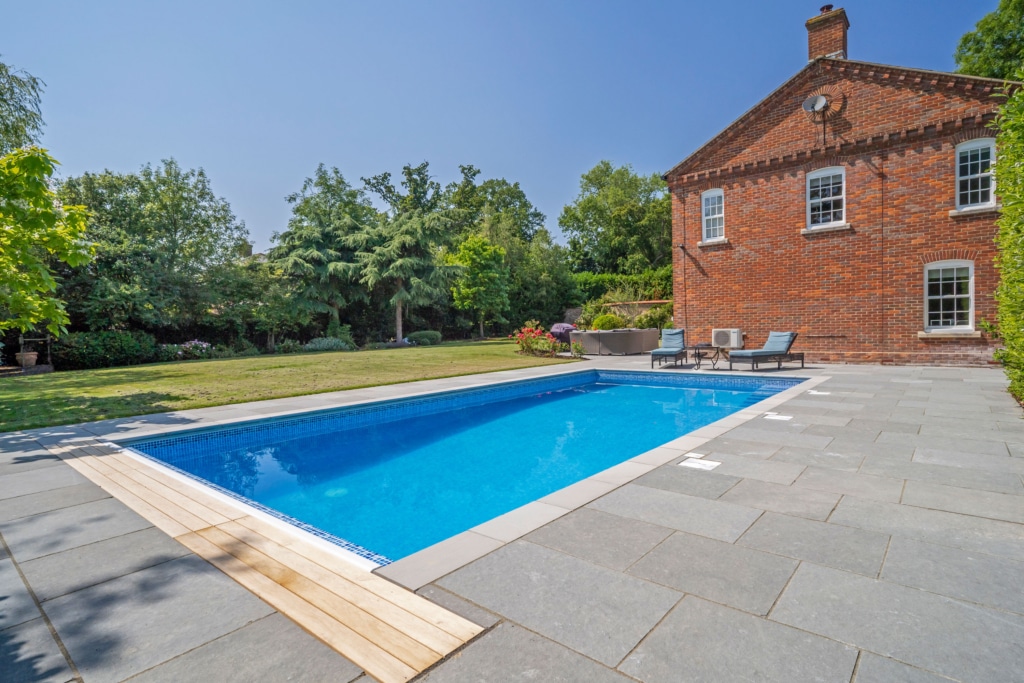
In practical terms, slip resistance often comes down to the chosen finish rather than just the stone type. A brushed or tumbled limestone will generally provide more grip than a honed travertine, making it safer for areas prone to water exposure.
Around pools or shaded garden paths where algae growth can occur, a coarser finish is always recommended. For patios and terraces, both stones can be made safe, but limestone tends to offer a wider range of finishes that balance appearance with day-to-day safety.
Suitability for Different Projects
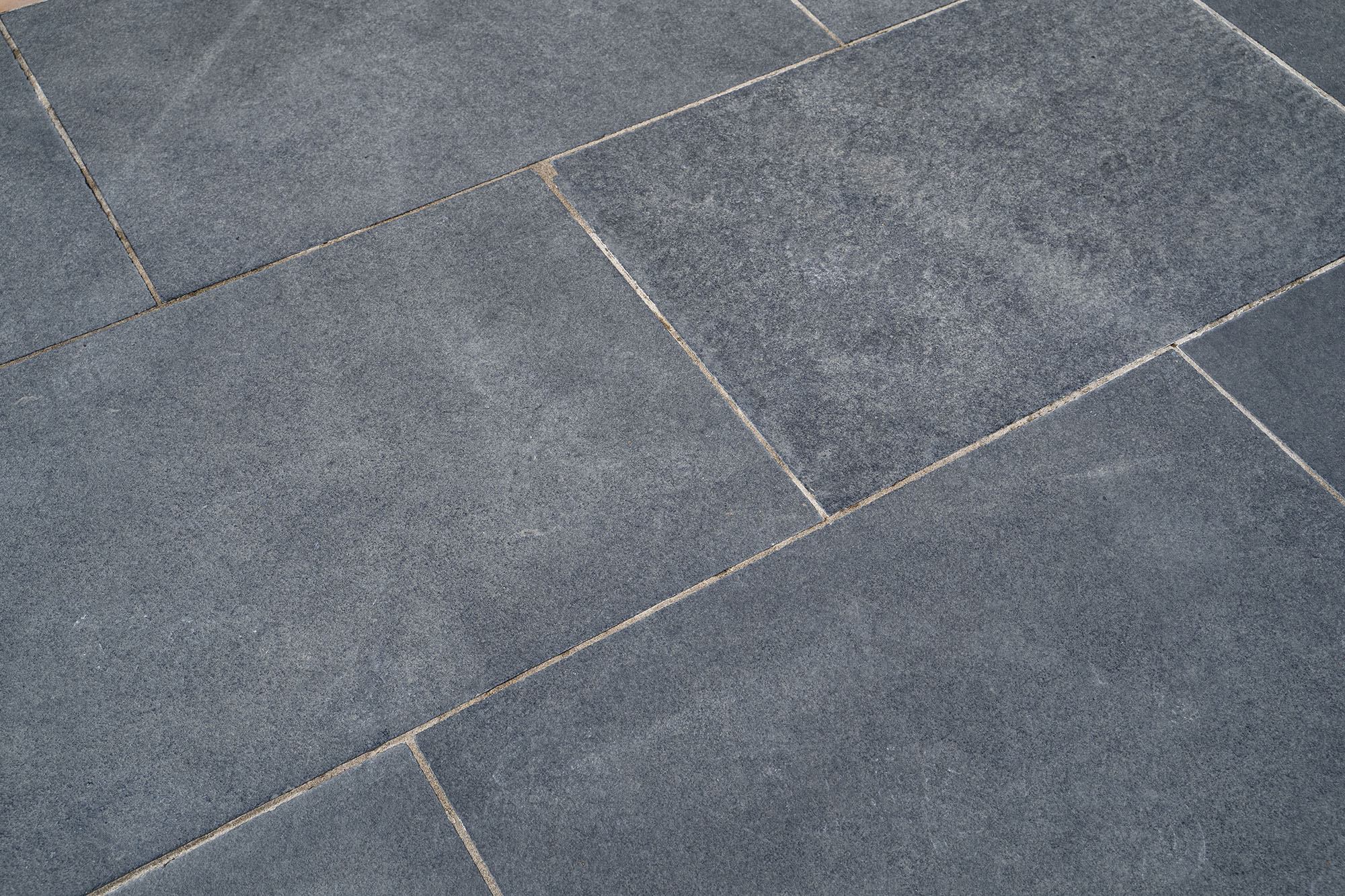
Limestone
Suitable for almost all outdoor projects, from patios and terraces to driveways and pool surrounds. Its durability and consistent finish make it highly versatile.
Travertine
Best for sheltered patios, garden features, and areas where its warmer colours complement the design. It may not be the best choice for exposed or high-traffic areas in the UK due to weathering.

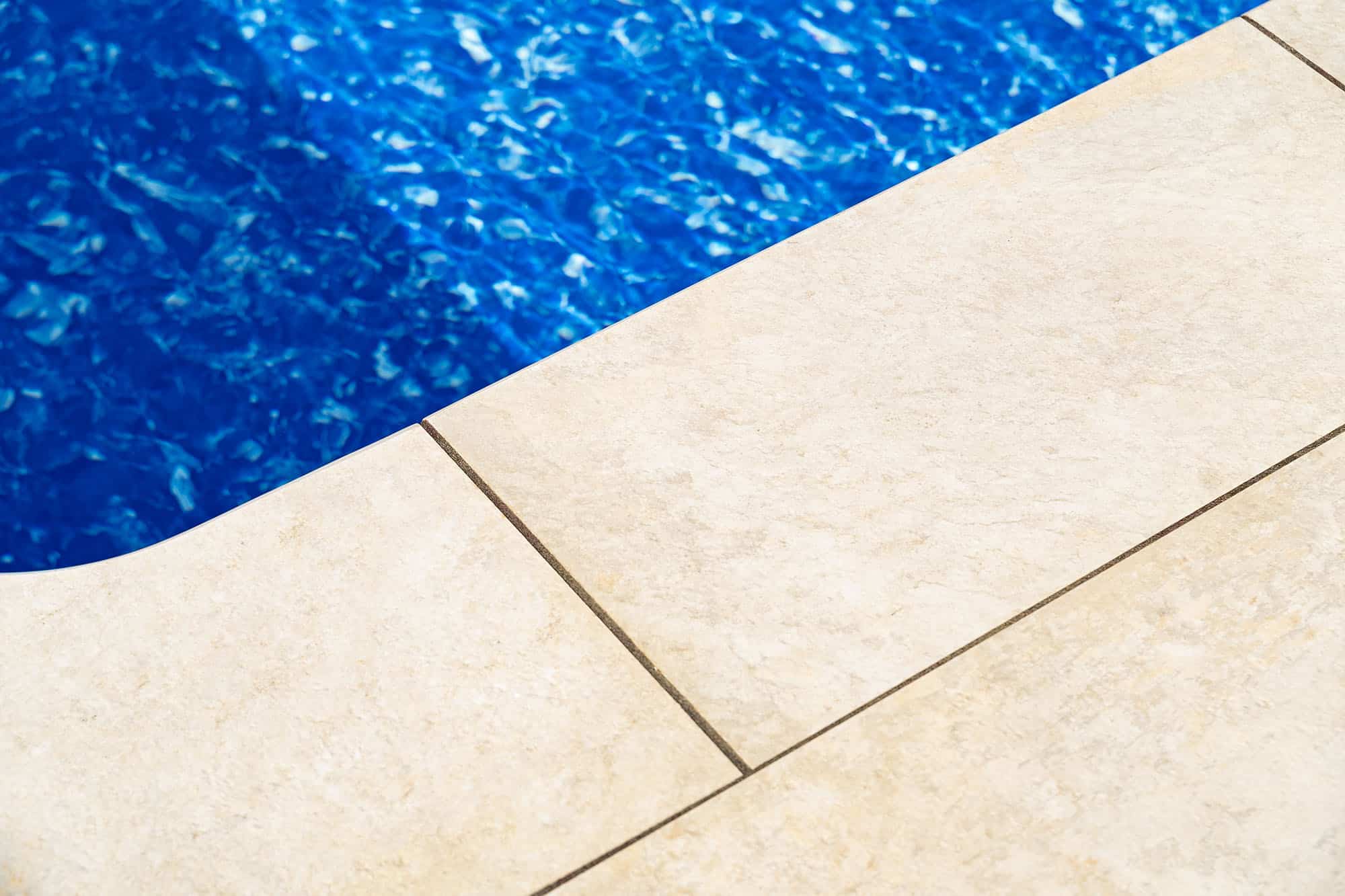
Porcelain
Designed to replicate natural stone, porcelain paving gives the look of travertine or limestone with superior performance. It is non-porous, stain-resistant, frost-proof, and virtually maintenance-free.
Sandstone
A characterful alternative with more variation and movement in colour than limestone. It creates a softer, textured look, ideal for traditional gardens and rustic settings, though it does require sealing to protect against staining.
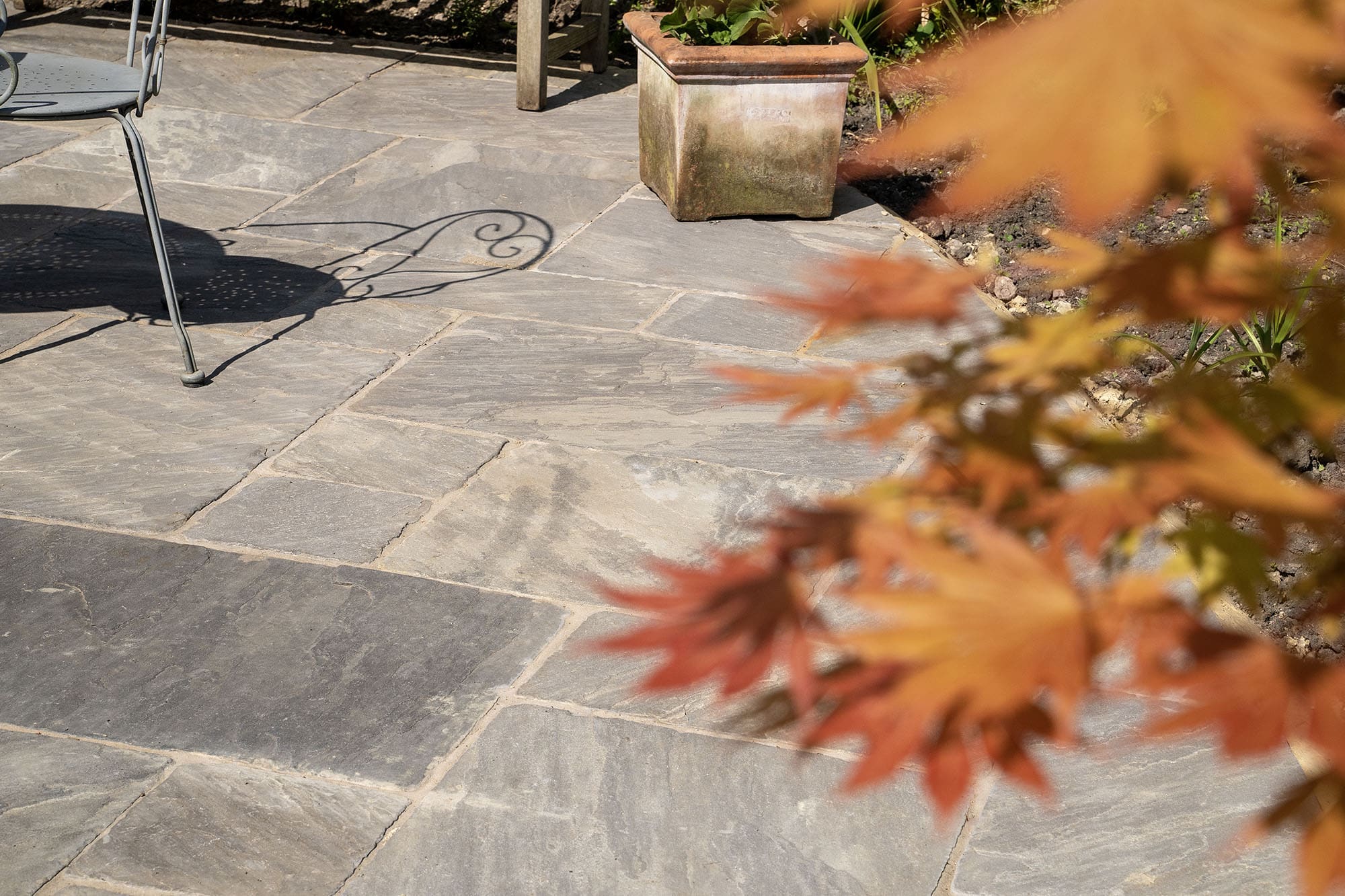
Final Thoughts
Both travertine and limestone offer distinct benefits, but for outdoor paving in the UK, limestone paving is often considered the more dependable choice thanks to its strength and lower maintenance needs. Travertine remains a good option in sheltered or decorative areas, where its natural warmth and rustic appeal can enhance the overall design.
For those weighing alternatives, porcelain paving provides excellent practicality with minimal upkeep, limestone balances durability with elegance, and sandstone brings organic colour and surface variation.
Ultimately, the right paving material will come down to the needs of your project and the look you want to achieve. At Stoneworld, we supply a wide range of paving solutions and can help you select the option that best suits your outdoor design.
We’ve also included a detailed FAQ above, covering everything from how travertine reacts to water to whether it’s suitable for showers, gardens, or driveways. Read through it to get a better understanding of whether travertine or limestone is the right stone for you.


